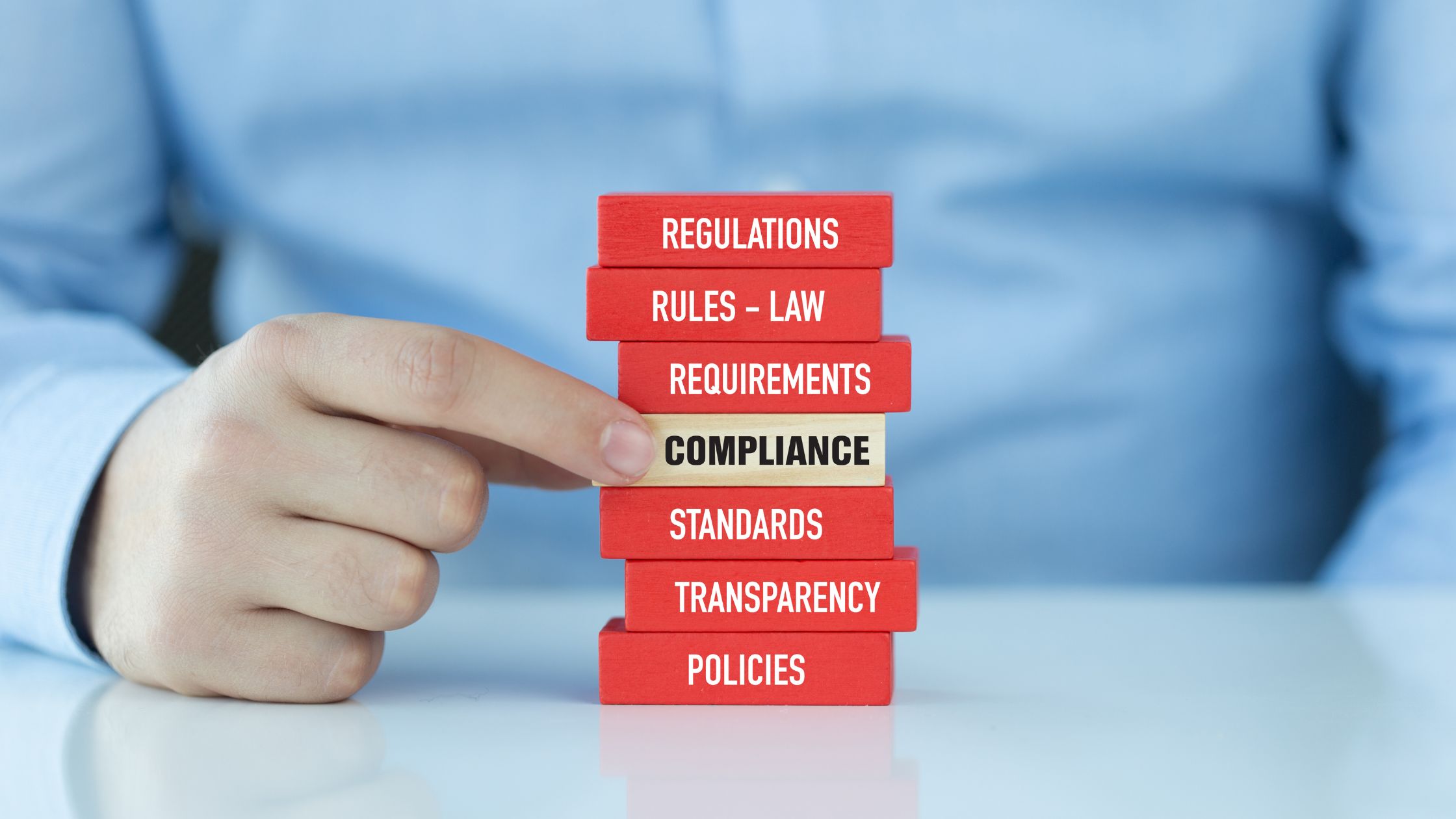Compliance in the workplace isn’t just a tick on your checklist anymore, it’s about keeping your employees safe, your reputation intact, and your business future-proof in 2025. For US employers, the rules have only gotten stricter. It takes only one mistake in payroll, safety, or managing data to result in fines, lawsuits, or reputational damage lasting years.
This guide breaks down 10 vital workplace compliance rules all employers should be aware of today. Whether you’re a new business employing your first employees or a growing business across states, you’ll learn these rules to place you ahead.
1. Anti-Discrimination Laws
Federal anti-discrimination laws form the core of workplace compliance and encompass:
- Title VII of the Civil Rights Act
- Americans with Disabilities Act (ADA)
- Age Discrimination in Employment Act (ADEA)
- Genetic Information Nondiscrimination Act (GINA)
These laws prohibit discrimination based on race, religion, sex, age, disability, or genetic information. In 2024, the Equal Employment Opportunity Commission (EEOC) documented over 80,000 charges of workplace discrimination, with retaliation and disability discrimination being the two leading charges.
Why it’s important in 2025: Aside from avoiding lawsuits, promoting inclusivity is a business advantage. Inclusive groups innovate faster and have higher employee retention.
2. Fair Labor Standards Act (FLSA)
The FLSA governs youth labor rules, overtime pay, and minimum wage. Non-exempt employees must be paid 1.5 times their regular rate for any hours worked beyond 40 per week. Employers are also subject to strict record-keeping protocols.
The DOL collected $274 million in back pay in 2023 alone due to FLSA violations.
Why it matters in 2025: Wage transparency across the country is creating employee awareness, and non-compliance is becoming easier to detect day by day.
3. Family and Medical Leave Act (FMLA)
Eligible employees can get up to 12 weeks of unpaid, job-protected leave for family or medical reasons. The employer must maintain group health benefits during the time the employee is on leave.
Why it matters in 2025: With the increase in hybrid work and mental health awareness, employers have seen more FMLA requests, especially for stress-related illnesses. Not responding appropriately can result in costly lawsuits.
4. Occupational Safety and Health Administration (OSHA)
OSHA enforces workplace safety regulations. Common violations are lack of fall protection, dangerous hazard communication, and failure to offer protection equipment.
In 2024, OSHA inspections allegedly yielded $220 million in fines across the country.
Why it matters in 2025: Telework and hybrid employers also need to consider home-office ergonomics and developing safety standards for remote workers.
5. Wage and Hour Laws
Aside from federal law, a majority of states (e.g., California, New York, and Washington) impose stricter laws on minimum wage, meal/rest breaks, and sick leave. Employers must keep track of state-specific requirements or pay an expensive fine.
6. Classification of the Employee
Accurate exemption and non-exemption classification of employees is key. Misclassification of an employee as exempt (salaried) when overtime is due can result in back pay, penalties, and lawsuits.
Why it matters in 2025: As the gig economy expands, the DOL has increased focus on “independent contractor” misclassification.
7. Immigration Law
They must complete Form I-9 to verify work authorization. Hiring unauthorized workers may result in fines and federal audits.
Why it matters in 2025: The Department of Homeland Security increased audits with advanced computerized verification systems. Employers must keep records free and up to date.
8. Data Privacy Regulations
As cybercrime grows, data privacy becomes the focal point. Employers dealing with sensitive employee data are covered by HIPAA (for medical data) and, in some cases, GDPR/CCPA.
Why it’s important in 2025: Cyber data breaches are at an all-time high. Mismanaging employee data now costs an employer multimillions.
9. Unemployment Insurance
Employer contributions to unemployment are paid for by payroll taxes. Missing contributions or incorrect filings can result in legal and financial penalties.
10. Workplace Posters
Federal and state labor law posters need to be posted by employers where they can be conveniently seen by employees. A straightforward requirement too often overlooked, non-compliance can result in fines.
Frequently Asked Questions: Workplace Compliance Edition
1. How do I stay compliant?
At Procloz, we recommend HR compliance platforms like Mineral or Brightmine. These programs notify you automatically of changing state and federal regulations, reducing the likelihood of missing a new requirement. For small groups, a compliance calendar maintained in tandem with your HRIS is a good starting point.
2. What are typical compliance training for US businesses?
In 2025, harassment prevention, cybersecurity awareness, and workplace safety remain the top compliance training. At Procloz, we’ve seen companies benefit from making these training interactive, short modules with real scenarios, so employees don’t just “click through.”
3. What resources are best for HR compliance in the US?
We typically direct clients to trustworthy sites like the EEOC, NLRB, and Department of Labor websites. Procloz also helps employers by supplementing this federal advice with state-by-state information, vital for multi-state businesses coping with complexity in compliance.
Final Thoughts
Workplace compliance in 2025 is not something static, it fluctuates daily with novel federal, state, and even municipal legislation. Employers who stay on top of things and invest in systems that enable compliance will save themselves from penalties and build safer, healthier workplaces.
For companies expanding globally, an employer of record can make compliance with global labor law a snap and global payroll services ensure compliant, accurate payments across borders.
At the end of the day, compliance isn’t just about rules, it’s about protecting people and enabling growth.





